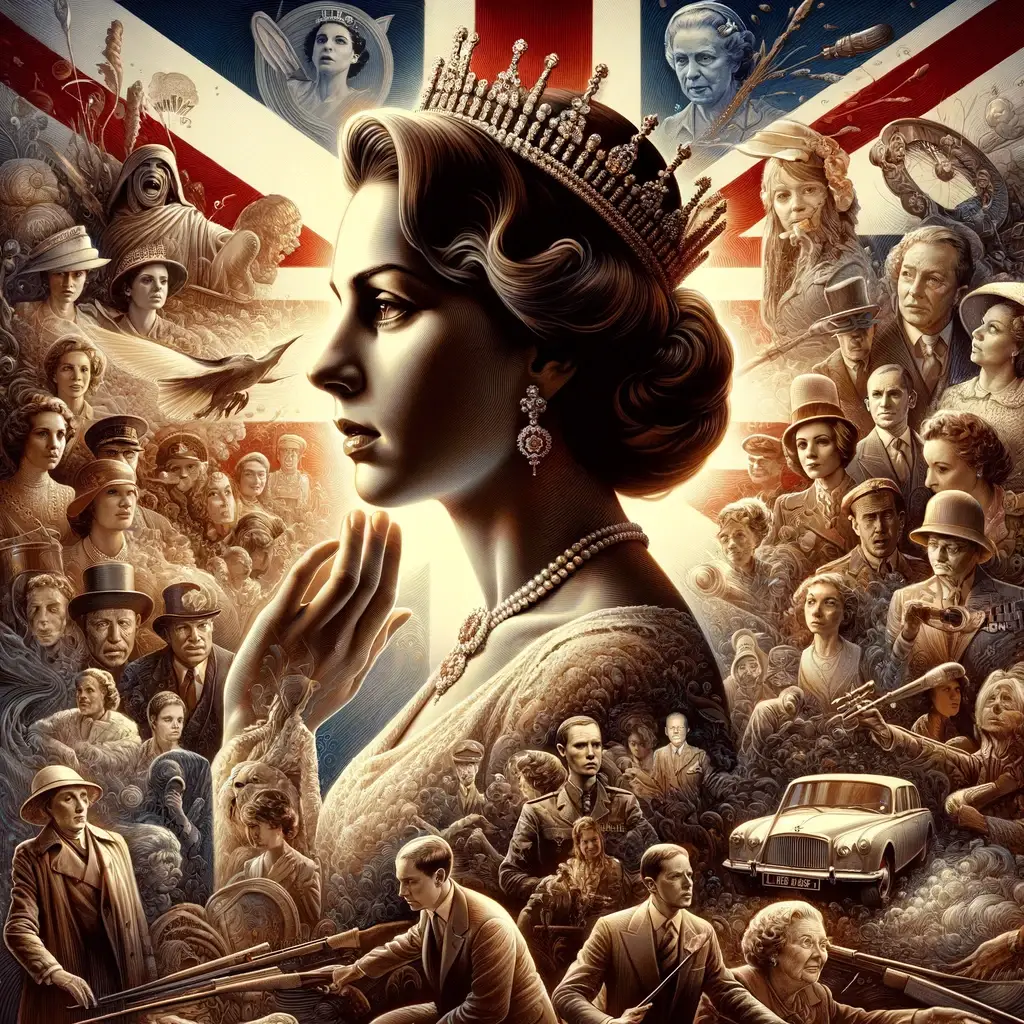Introduction
Few stars have left as indelible a mark on Hollywood as Judy Garland, the iconic child star who captivated the world with her role in The Wizard of Oz. Behind her radiant smile and enchanting voice lay a troubled soul wrestling with intense personal struggles. This is the story of Judy Garland’s rise to fame, her struggles with the pressures of stardom, and her tragic fall—a tale that highlights the darker side of Hollywood.
Early Life and Discovery
Born Frances Ethel Gumm on June 10, 1922, in Grand Rapids, Minnesota, Judy was destined for show business. Her parents were vaudeville performers, and by the age of two, Judy was already joining her sisters on stage. Recognized for her raw talent and vibrant personality, she quickly became a sensation in local performances. Her big break came at the age of 13 when she signed with Metro-Goldwyn-Mayer (MGM), one of the most prominent studios in Hollywood.
Breakthrough Role: The Wizard of Oz
At 16, Garland was cast as Dorothy in The Wizard of Oz, a role that would define her career. Her performance of “Over the Rainbow” became one of the most beloved moments in cinematic history, and Garland’s portrayal of the sweet, innocent Dorothy won the hearts of millions. The film’s success catapulted her to stardom, but her newfound fame came with severe costs.
The Toll of Hollywood Pressures
MGM quickly recognized Garland’s immense talent, but her youth and vulnerability were often exploited. To keep up with the grueling demands of Hollywood, Garland was put on a strict regimen of stimulants and sleeping pills, a practice that was not uncommon for young stars in the Golden Age of Hollywood. The studio forced her to maintain a specific image—thin, vibrant, and forever young—which placed immense pressure on her physical and mental well-being.
Struggles with Mental Health and Addiction
The combination of studio pressures and an increasingly demanding schedule began to take its toll. As she matured, Garland’s anxiety and insecurities grew, further fueled by the industry’s criticism of her appearance. To cope, she leaned on the very substances the studio had introduced her to, creating a lifelong dependency on drugs and alcohol.
The addiction spiraled as her career progressed. Despite her struggles, Garland continued to deliver powerful performances, starring in films like Meet Me in St. Louis, Easter Parade, and A Star Is Born. Her talent was undeniable, yet behind the scenes, she was crumbling under the weight of addiction, depression, and low self-esteem.
Marriages and Personal Struggles
Garland’s personal life was as tumultuous as her professional one. She married five times, each relationship marked by drama and despair. Her first marriage to musician David Rose ended due to pressures from the studio, who disapproved of their union. Her subsequent marriages to director Vincente Minnelli, producer Sid Luft, actor Mark Herron, and nightclub owner Mickey Deans were also plagued by personal difficulties, largely stemming from her addictions and insecurities.
Sid Luft, her third husband, played a significant role in managing her career, but even his efforts couldn’t save Garland from financial ruin. Legal and financial mismanagement left her in debt, forcing her to perform at clubs and theaters long after her health had started deteriorating. Garland often found herself turning to performance as her only source of stability, despite the physical toll it took on her body.
A Decline in Hollywood and Final Years
By the 1960s, Garland’s Hollywood career was waning. Her reputation as unreliable due to addiction and erratic behavior led studios to turn away. However, her charisma and talent continued to draw audiences, and she maintained a loyal following through concert tours and television specials. These shows gave glimpses of Garland’s true self—an entertainer to the core, even when she was battling immense inner demons.
In her later years, Garland’s life became increasingly erratic and tragic. She was exhausted, broke, and dependent on drugs. Her final marriage to Mickey Deans was an attempt to find solace, but it wasn’t enough to shield her from the devastating effects of her prolonged struggles. On June 22, 1969, Garland was found dead in her London apartment from an accidental barbiturate overdose. She was 47 years old.
Legacy and Impact
Judy Garland’s story is a powerful reminder of the immense pressures child stars face in Hollywood. Despite the many challenges she encountered, her legacy as a performer lives on. Her voice, her charisma, and her heartfelt performances have left an indelible mark on Hollywood. Today, she is remembered not only as Dorothy from The Wizard of Oz but as a complex, talented woman who battled the darkest sides of fame.
Her story has also sparked important conversations about mental health, addiction, and the ethical responsibilities of the entertainment industry towards its stars, especially young ones. Garland’s legacy lives on, celebrated not only for her incredible talent but for the resilience she showed throughout her life.
Conclusion
Judy Garland’s life was a blend of stardom and struggle, a journey that illuminated both the magic and the perils of Hollywood. Her story serves as a cautionary tale, underscoring the need for a compassionate industry that protects and nurtures its stars rather than exploiting them. Judy Garland remains an unforgettable icon, her life a mixture of triumph and tragedy, forever etched in the annals of Hollywood.


